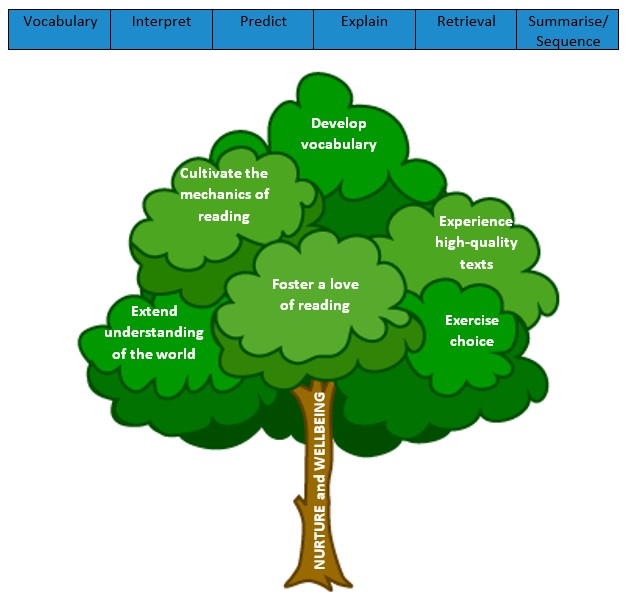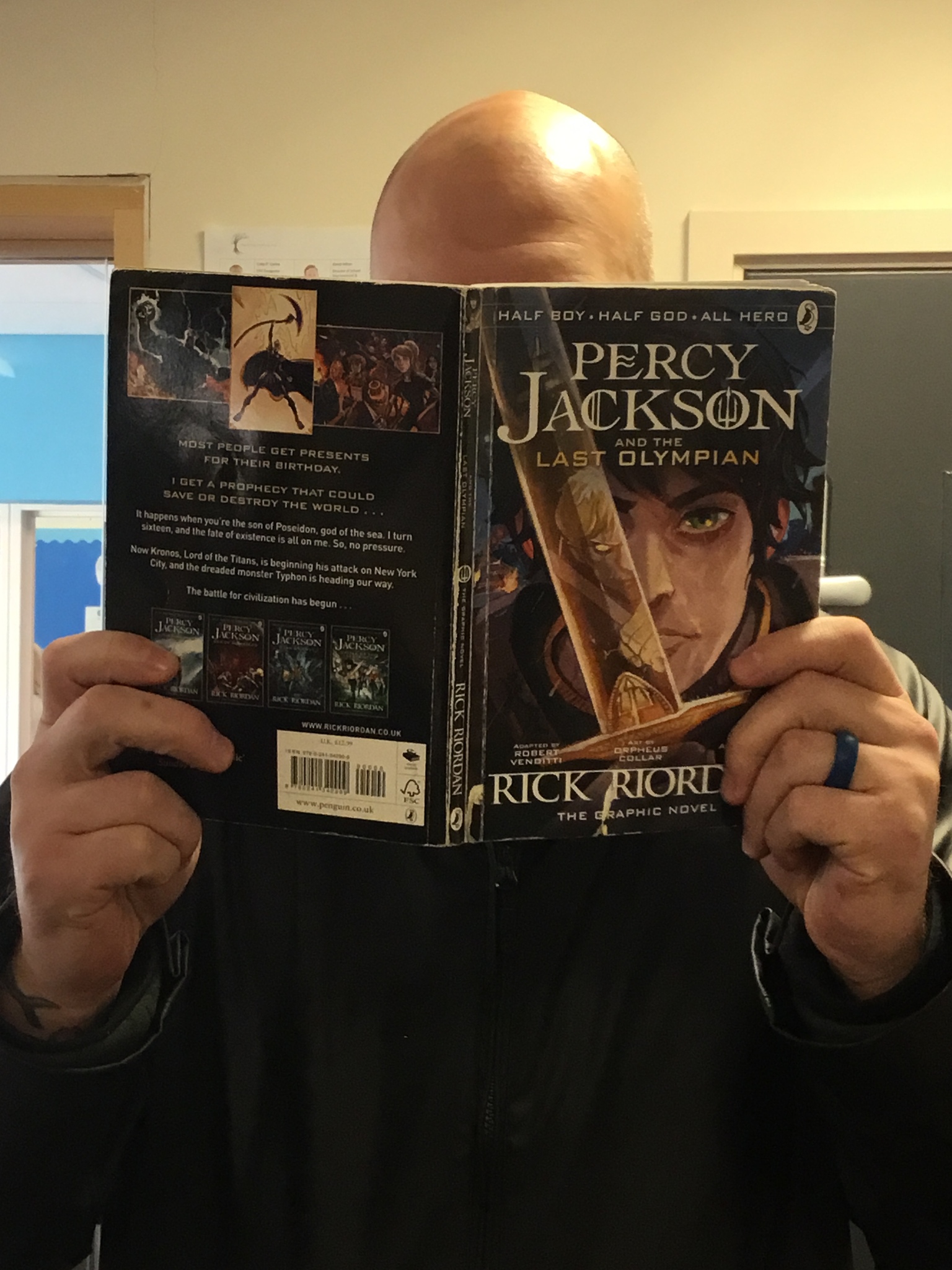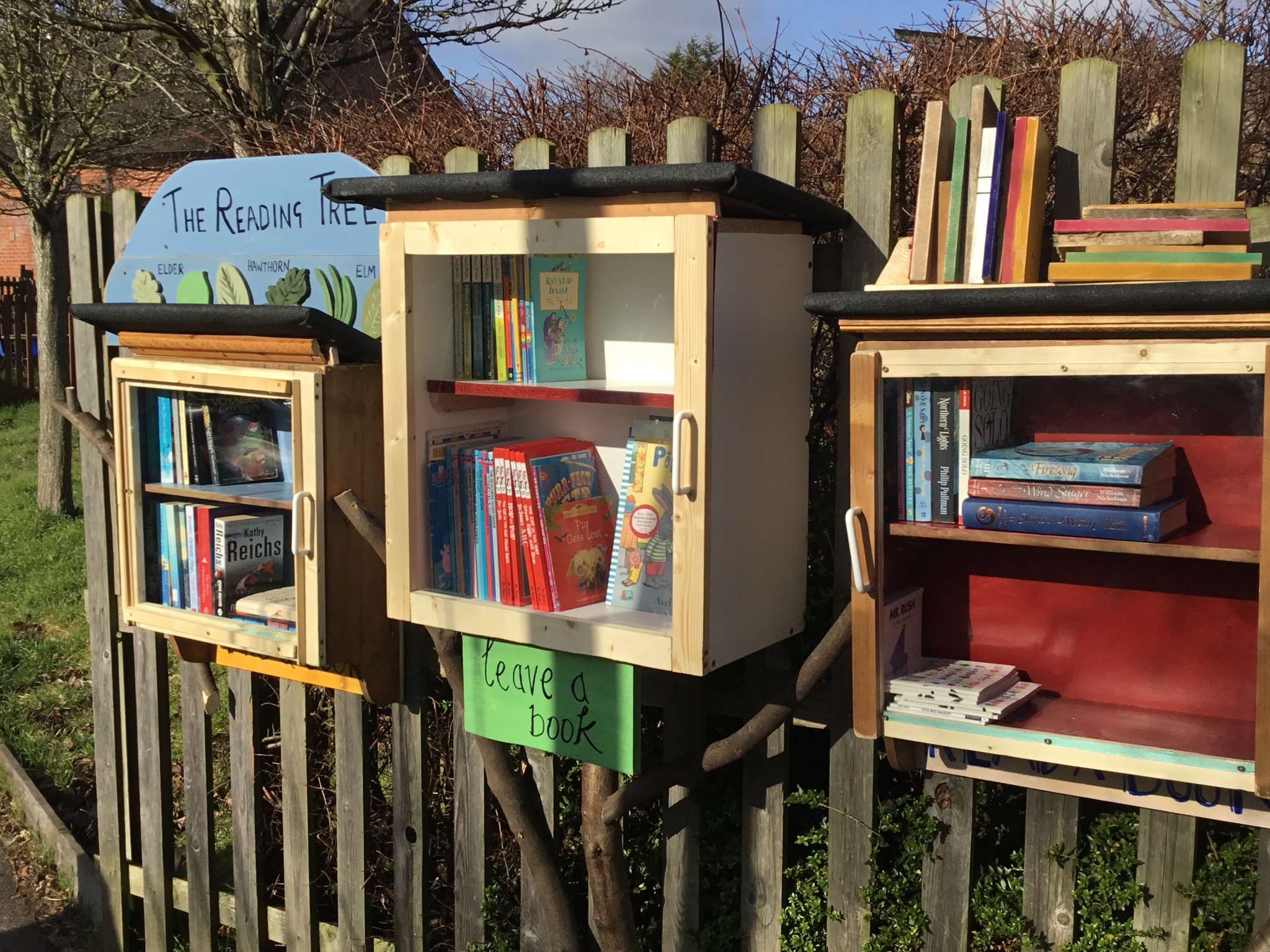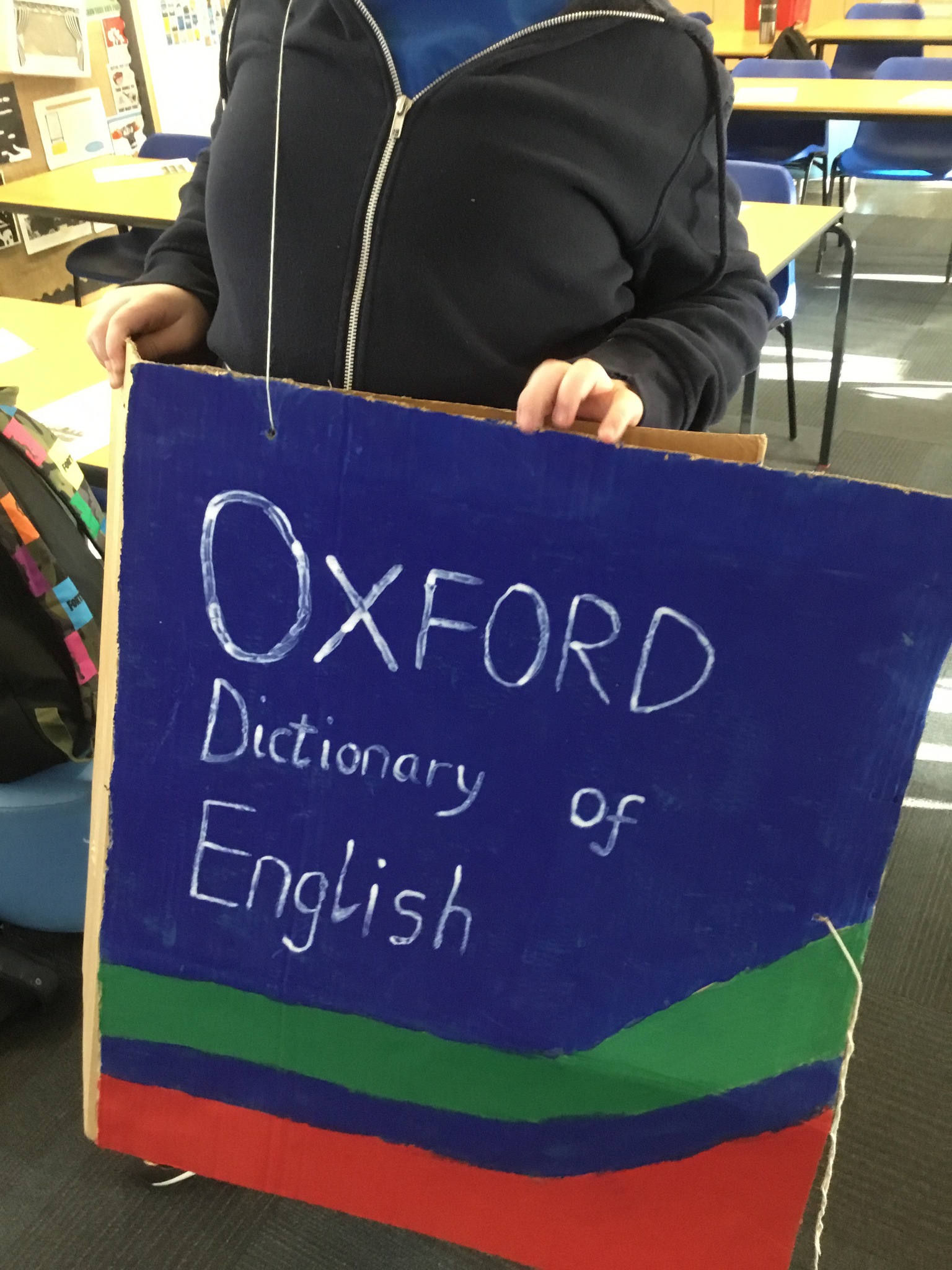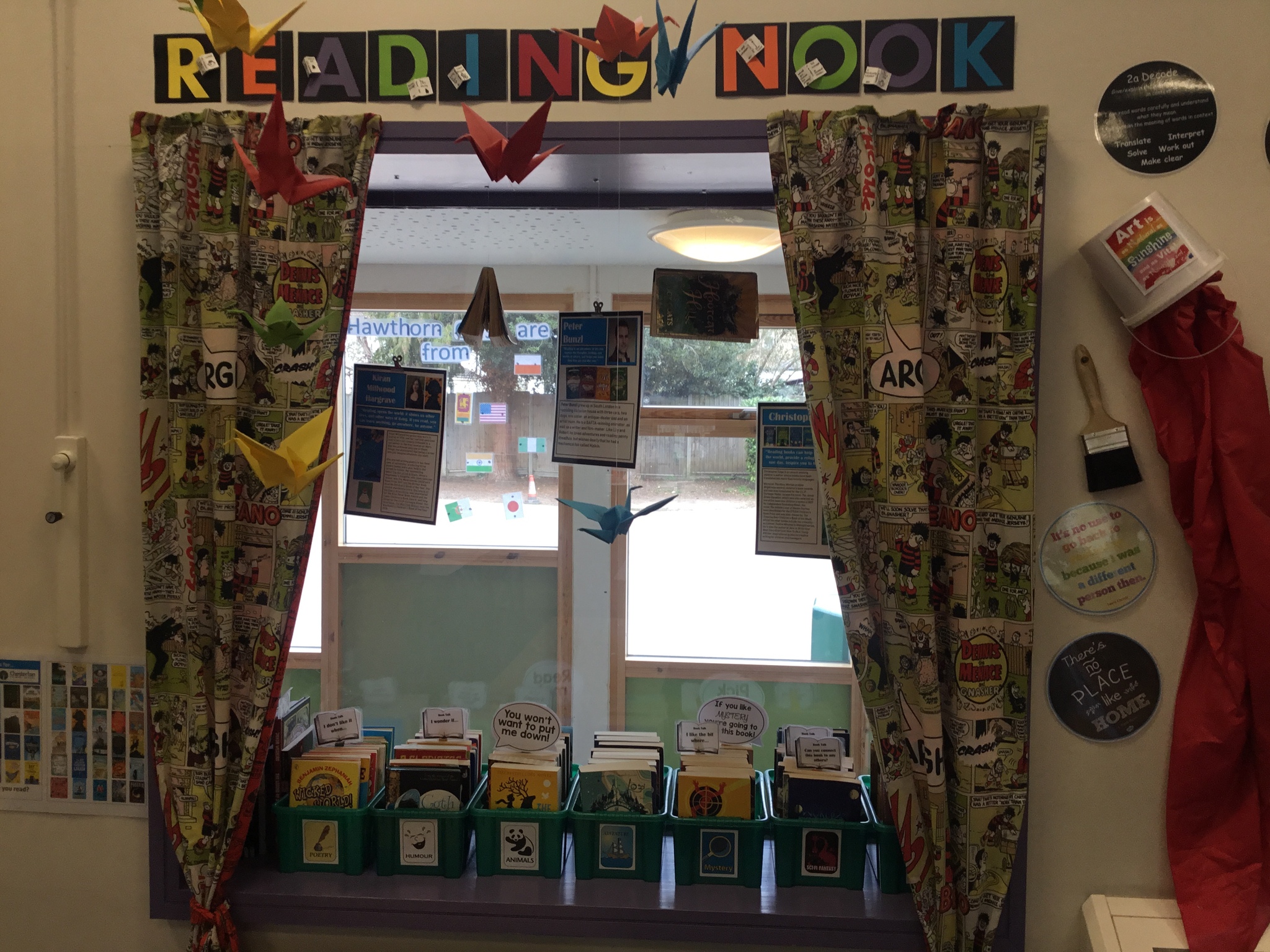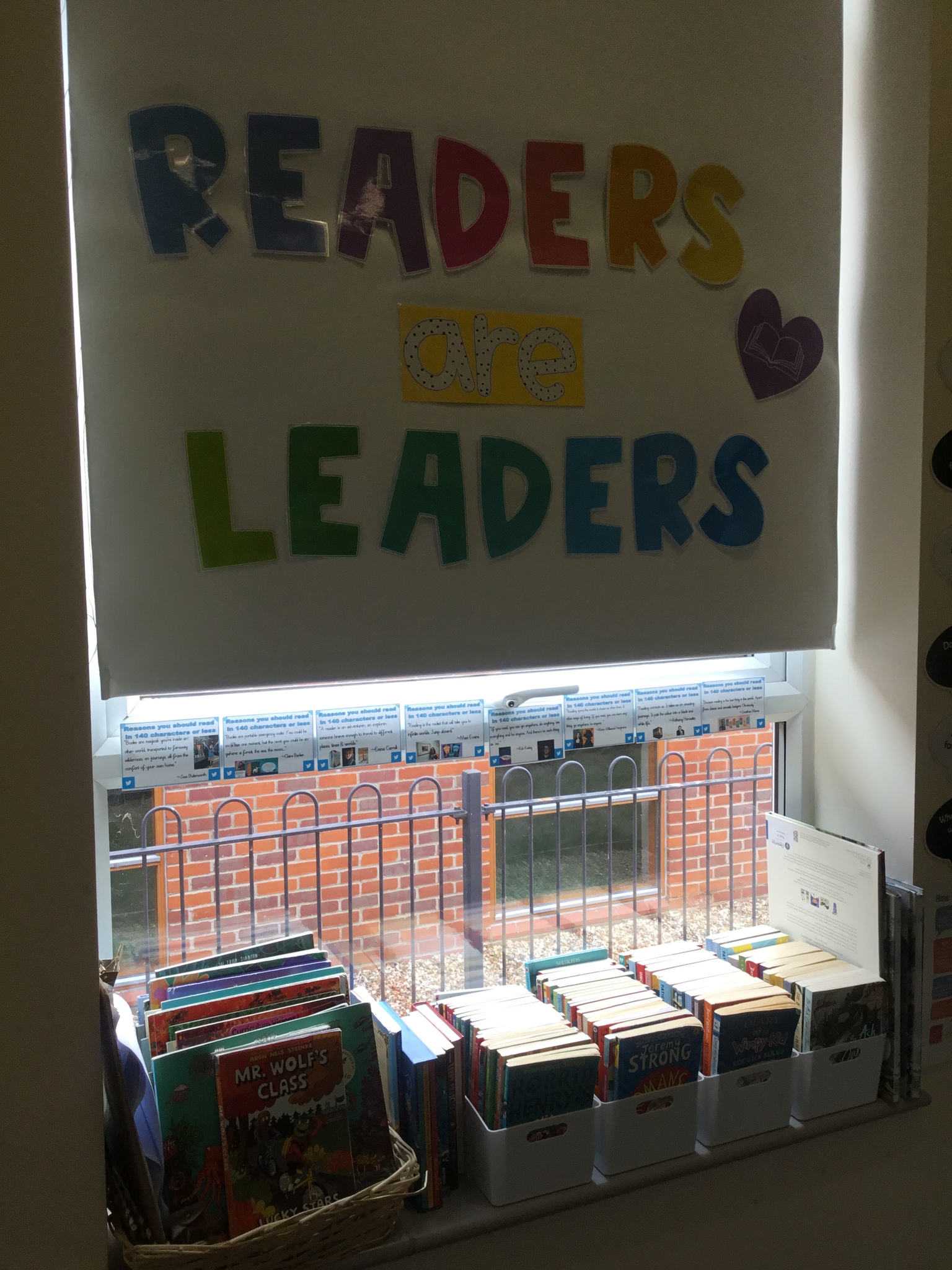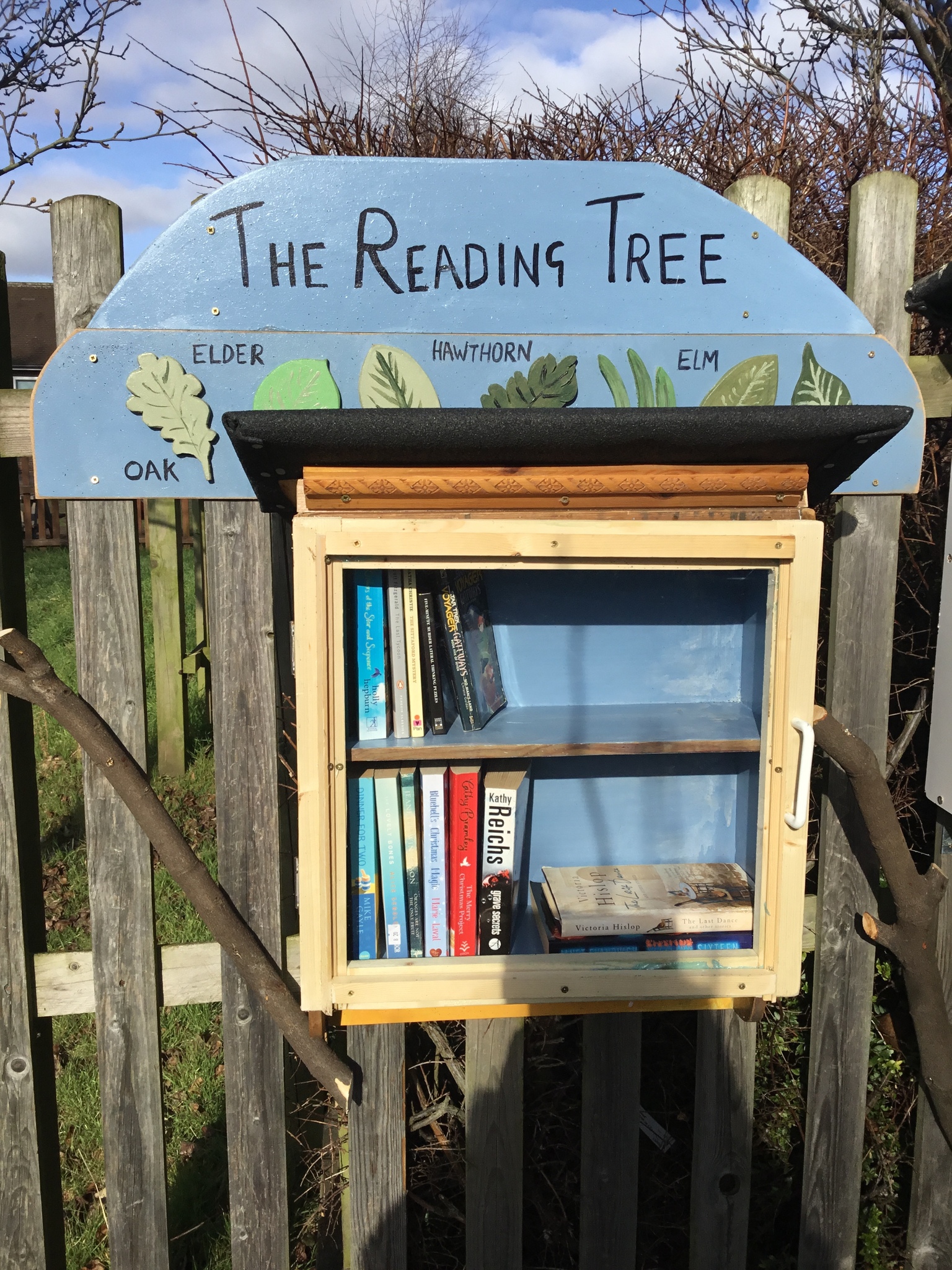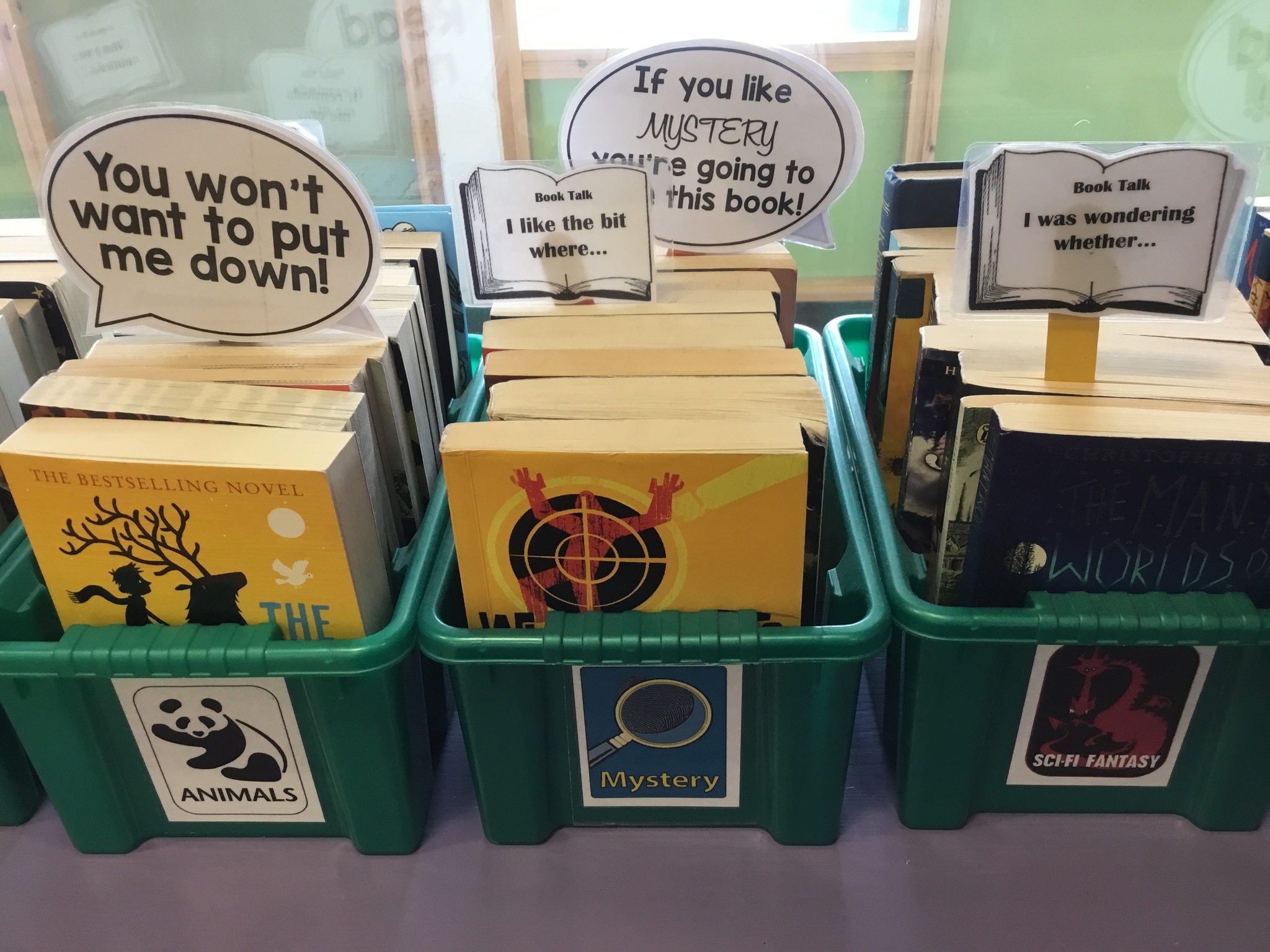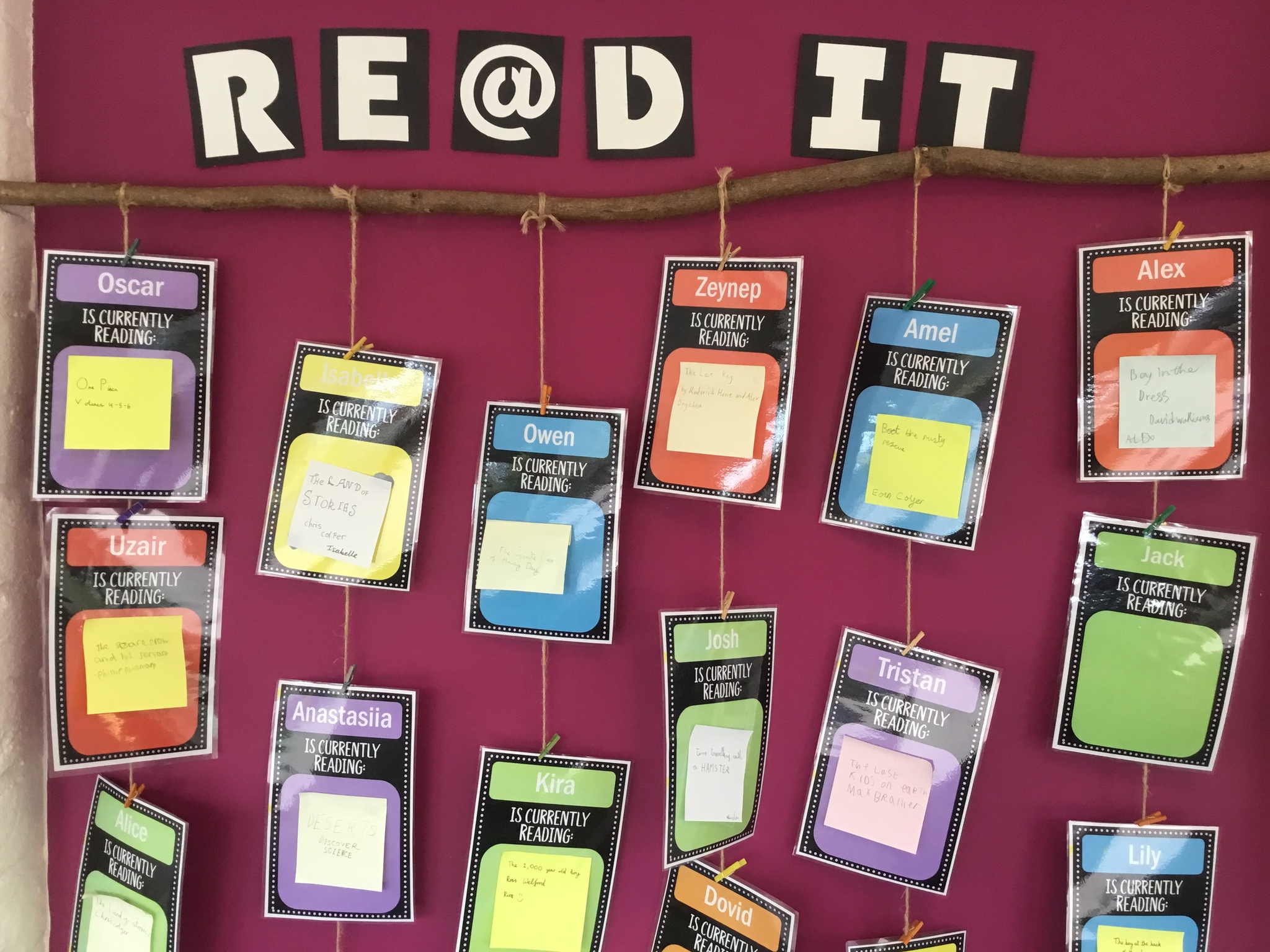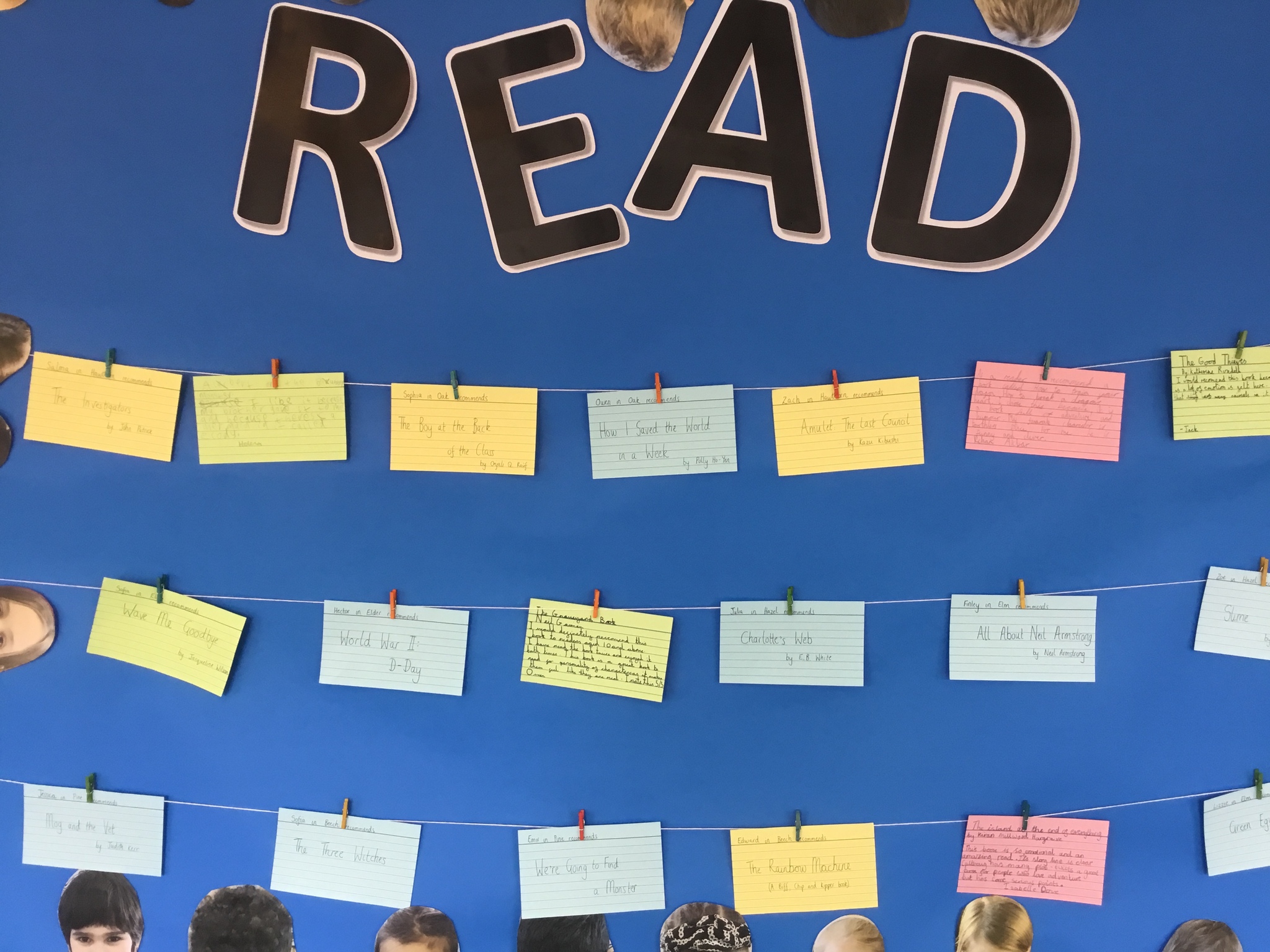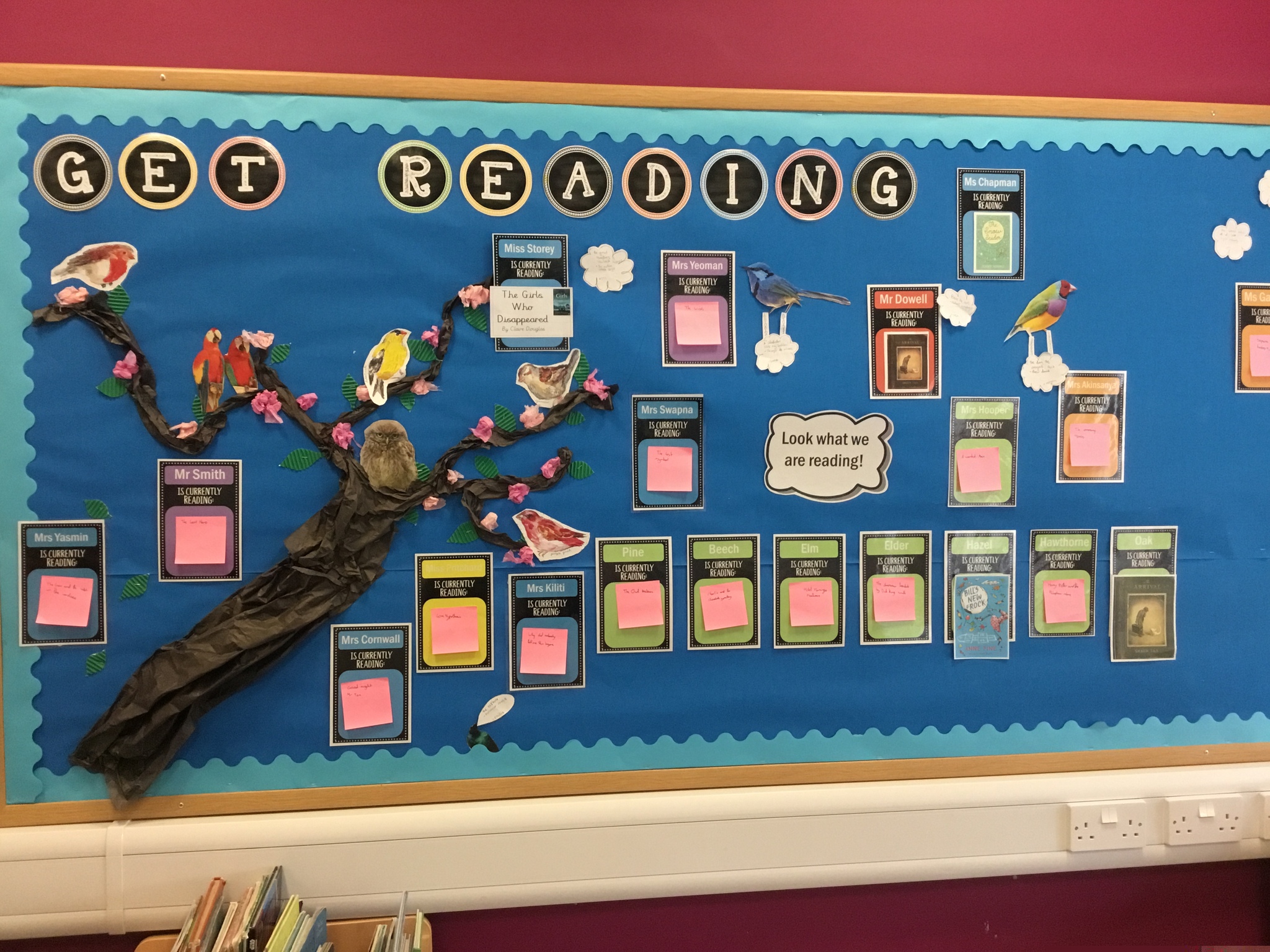Our Reading Intent
- Extend understanding of the world
- Experience high-quality texts
- Develop vocabulary
- Foster a love of reading
- Cultivate the mechanics of reading
- Exercise Choice
Reading Branches
How do we teach Reading at Chesterton Primary?
We use the following to teach reading:
- Phonics Teaching (Essential Letters and Sounds)
- Daily group reading sessions in Early Years
- Daily whole-class reading sessions in KS1 and KS2 to model and focus on decoding, fluency and comprehension (small groups may be used during this time). KS1 follow Comprehension plus and KS2 follow Literacy Tree
- Individual Reading
- Story Time (all classes every day)
- Explorations of the etymology and morphology of words
- Development of the fluency through paired reading, choral reading, repeated reading
- High quality texts to support the teaching of the wider curriculum
Reading for Pleasure
We encourage a love of reading whenever and wherever we can; children have time daily to read books, and read books that they want to read. All classes have a library area, which the children are involved in managing and stocking with up-to-date books. We have areas around the school for children to recommend books to others and follow-up on recommendations given.
Reading Long Term Plan
Reading Progression
Chesterton Reading Spine
